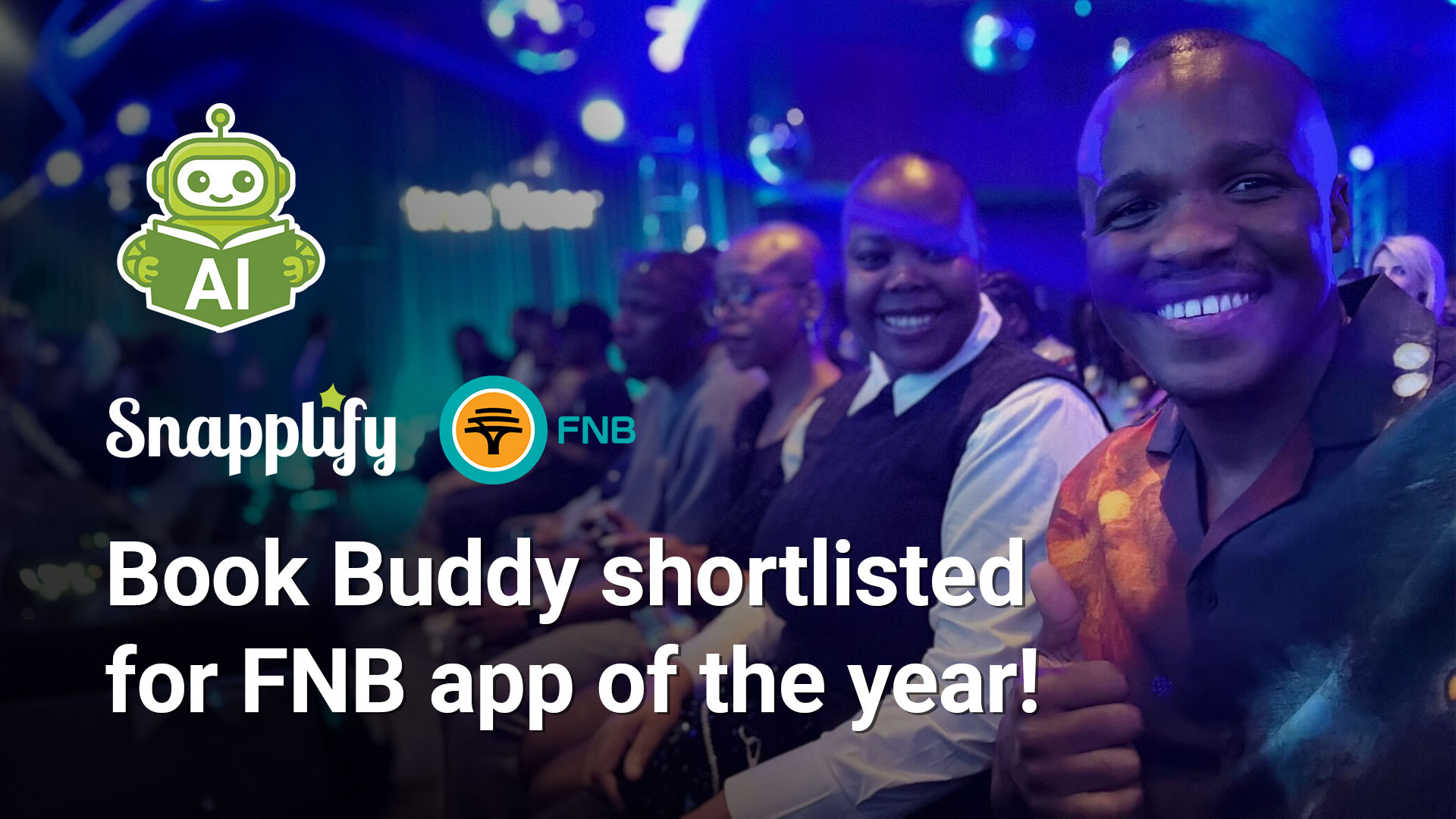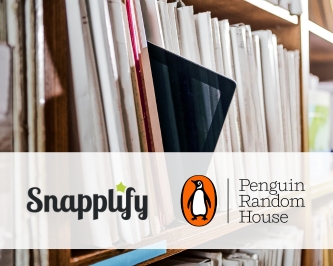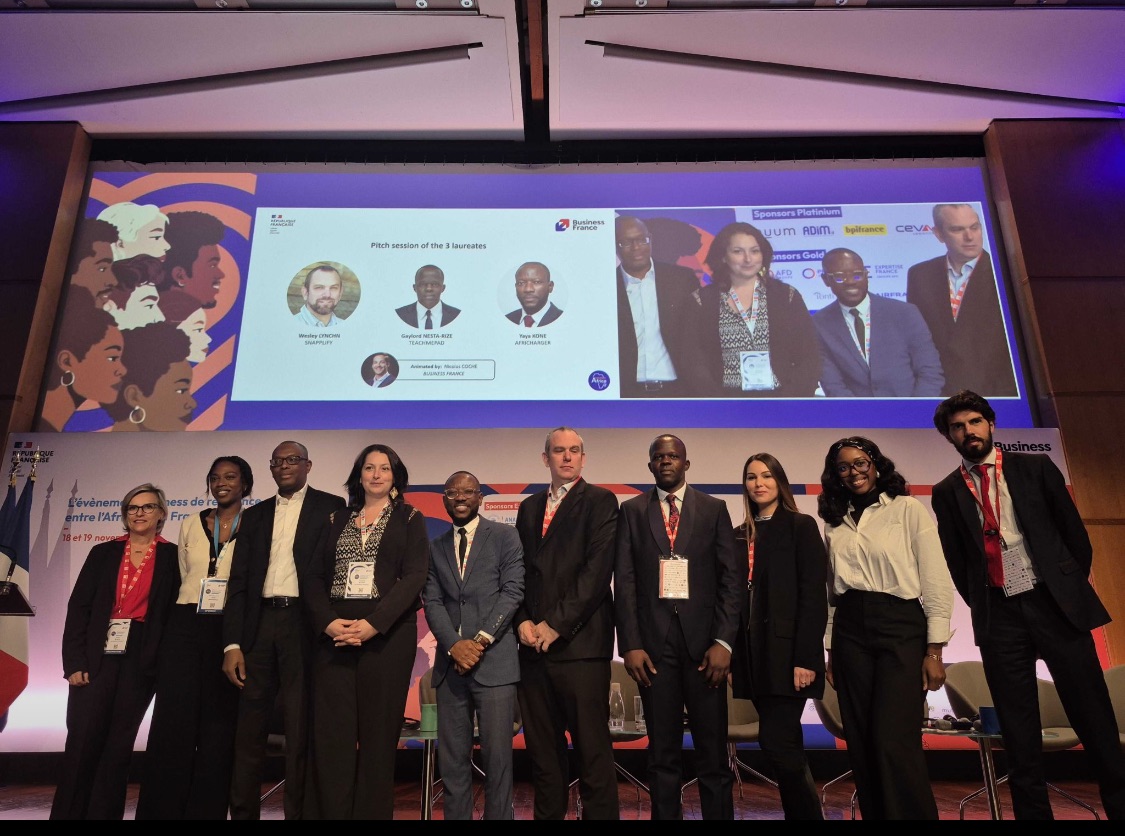Snapplify’s Mark Seabrook considers how technology is solving issues of access to books, and changing the South African publishing landscape in the process
How to grow South Africa’s book-buying market is a question publishers and booksellers have been grappling with for years. While book sales are what ultimately pay our salaries, this industry is built on a passion for our product. It is this passion for books that will lead us into a digital future.
For many of us, our love of books grew out of an appreciation for the physicality of reading – from the smell of the pages to the feeling of that paper on our fingers. But if I go even further back, that bodily experience of books began for me in my childhood home, where we had all kinds of books, from pop-up picture books to volumes of encyclopedias. Trips to the local library and storytime (often with my gran, who never let poor grammar go unchecked) were regular events. I’ve carried these reading traditions (as well as some of those dusty old books) into my house today, and now I’m enjoying reading time with my kids.
Whether paper or digital, this is where a book-buying market is born – with books in the hands of readers. While learning how to leverage off an existing market is important, tapping into a broader reading market, and thereby growing the number of book-buyers in South Africa, is where the industry’s future lies. In my years in the wider book industry, I’ve had many conversations about the issue of access – how to reach the broader population who do read, but don’t have easy access to books. Here, ‘access’ means proximity (which, traditionally, has meant being near a bookstore or library), as well as affordability. Ultimately, the challenge for South African publishers and booksellers has never been convincing the broader population to read; the problem has been access. Make reading possible, put books into people’s hands, and the market will grow on its own.
With a strong technology focus, and having worked across the verticals in publishing, I have seen the challenges and opportunities technology has brought to production, marketing, sales and distribution within the industry. The growing mobile penetration rate has facilitated increased digital literacy, and as internet access is improved – particularly in areas where connectivity has previously been limited – there is greater scope for publishers to harness broader readerships.
The power of metadata in the online space is particularly pertinent, in that it is as much a sales tool for publishers as it is a discovery tool for users. With the correct metadata in place, digital books not only look appealing enough to purchase but are found more easily by their target markets, building readerships and driving sales. And when it comes to checkout time, integrated local payment systems like M-Pesa and Instant EFT make purchasing books even easier.
As publishers use technology to increase sales and reach new markets, the industry certainly has space to grow. Snapplify’s award-winning Snappbox, our hardware distribution solution for ebooks, is one example of technology’s power to reach new readers who would otherwise not have access to books. In rural Cofimvaba in the Eastern Cape, we used the Snappbox to preload over 2000 school tablets with the Snapplify ebook Reader app and over 300 ebooks from leading publishers. These tablets are being shared among 4000 students in 11 schools. Using the Snappbox has saved the students in Cofimvaba over R600 000 in bandwidth costs, and approximately 4000 hours (166 days) in download time.
All these technological developments are already doing much to create a dynamic and diverse digital reading community – one which looks very different from the relatively insular book-buying market that has previously been the backbone of the South African publishing industry. The next challenge for South African publishers and booksellers is to work to understand this broader population: what they read, what books would interest them, and how to make those books available to them – not only in terms of delivery but also affordable pricing, both of which are made easier by digital solutions.
While a more active readership ultimately equals more sales, the value of a digital reading community is not simply in the number of book-buyers. Looking to the future, publishers should be asking how they can leverage reader data to develop different content for specific target markets, using technology to inform their longer-term publishing strategies. Ultimately, the combination of digital publishing, sales information through downloads, and reader analytics creates the opportunity for low-risk experimentation based on valuable information.
At its essence, the product we’re so passionate about hasn’t changed. The stories that formed such an important part of my childhood are being passed on to a new generation of readers, and we’re able to reach even more people as we continue to solve access issues. For most of us, our love of books is the basis for why we do what we do, and with the power of new technology, we have the potential to build a digital reading community that is as broad as it is diverse.
Email education@snapplify.com to chat about your specific needs and how we can work together. We believe that digital learning is the future.



